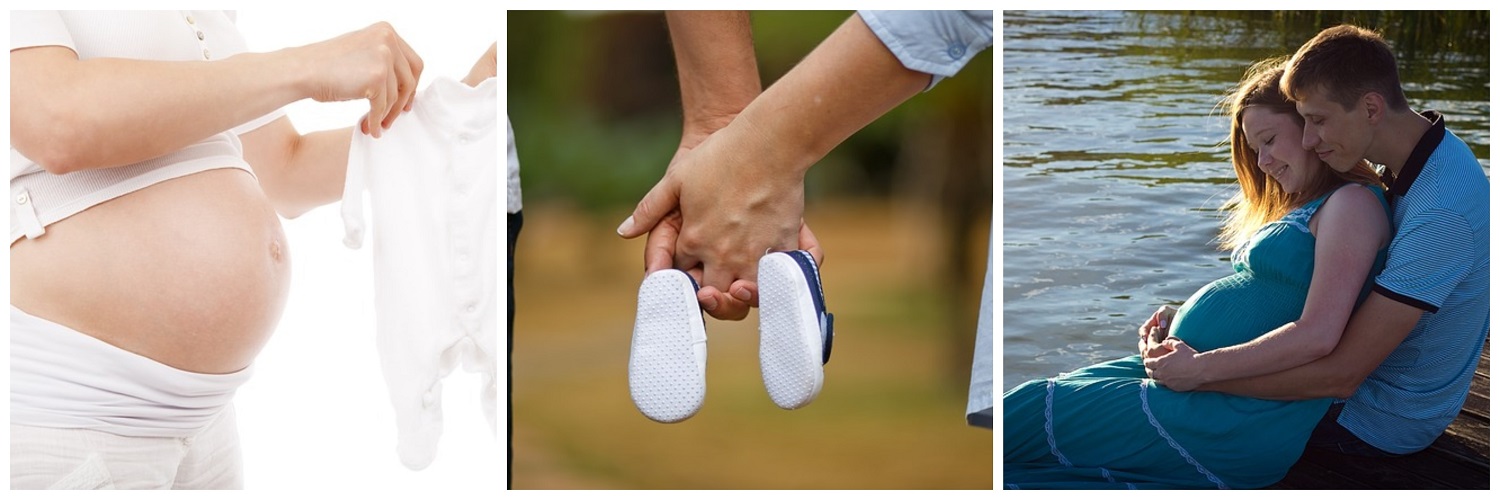

Partial forms of Edwards’ and Patau’s syndrome have a lesser impact upon the child. Around 70% of pregnancies affected by Edwards’ and Patau’s syndrome will end in miscarriage or stillbirth. What are Edwards’ and Patau’s syndrome?Įdwards’ and Patau’s syndromes are life limiting conditions and will cause a wide variety of developmental and health difficulties, some of which can be very serious.

No-Down’s syndrome is the most common condition looked for as well as two rarer and conditions known as Edwards’ syndrome (trisomy 18) and Patau’s syndrome (trisomy 13). Can the SAFE test screen for all conditions? Some children and adults will need long term support, however many young people attend mainstream schools and live fairly independent lives with varying degrees of assistance.

Downs’ syndrome is extremely variable and it is impossible to know what life will be like for you and your baby. Some health conditions are more common in people with Down’s syndrome, although most medical issues can be treated. Anyone can have a baby with Down’s syndrome, although the chance increases for older mothers, most babies with Down’s syndrome are born to younger women.ĭown’s syndrome is a life-long condition typically associated with some level of learning disability. Around one in every 1000 babies born in the UK will have Down’s syndrome and there are over 40,000 people in the UK with the condition. People with Down’s syndrome (or Trisomy 21) have an extra copy of chromosome 21 (three chromosome copies rather than the usual two). In addition if the ‘combined test’ result is available, the SAFE test is able to incorporate this to provide a more individualised result. Although the range of conditions that can be detected by this method is broader than the number of conditions identified by the SAFE test, the SAFE test has a higher detection rate for Down’s, Patau’s and Edward’s syndrome. This evaluates hormonal blood levels with ultrasound findings to assess the chance of chromosomal or structural anomalies. By evaluating the cfDNA in the blood and combining this with the mother’s background chance of a trisomy (mother’s age or the combined test results offered within the NHS), a likelihood ratio is obtained to predict whether or not the baby is more likely to have a chromosomal condition such as Down’s syndrome.Īs part of the national screening pathway women are offered the ‘combined test’ in the first trimester of pregnancy. As a result, the mother’s blood contains a mixture of placental and maternal cfDNA.
#Harmony test free#
How does the SAFE test work?ĭuring pregnancy the placenta sheds cell free DNA (cfDNA) into the mother’s bloodstream. The results are typically available within 7 calendar days from sample receipt. which is then sent to the NHS laboratory at St George’s Hospital for assessment. The test is performed by taking a small sample of the mother’s blood. The St George’s Antenatal Fetal Evaluation (SAFE) test is a NIPT test is a screening test for Down’s, Edwards’ and Patau’s syndromes only, in line with UK National Screening Committee (UKNSC) recommendations. Non-Invasive Prenatal Testing (NIPT) is a blood test taken from the mother in pregnancy, that uses cutting edge DNA technology to evaluate whether a baby has a high chance of a certain chromosomal condition.


 0 kommentar(er)
0 kommentar(er)
